Optical
Techniques Group
Atmospheric Chemistry Division
National Center for Atmospheric
Research
Welcome to the Optical Techniques (OT) Group of the Atmospheric
Chemistry Division
(ACD) of
the National Center for Atmospheric
Research (NCAR) located in Boulder,
Colorado, USA. The main objectives of the OT group are to develop
and deploy instruments and techniques to make observations of gases in
the atmosphere important to atmospheric chemistry and global climate
change. Our objectives are closely aligned with the broader
scientific objectives of ACD, which in turn contribute to the NCAR
scientific mission.
The physical phenomena we employ to make observations is the absorption
of infrared radiation by atmospheric gases, in either an in situ or
remote sense.
Contents
Remote Sensing
Airborne Remote Sensing
We have developed, improved and
deployed a Fourier transform
spectrometer aboard a variety of aircraft since 1977. This
spectrometer system records the high resolution (0.06 cm
-1)
infrared
(2-15
micrometers, 5000-600
cm
-1)
absorption of solar radiation by the
atmosphere during its transit from the sun. A description of the
technique of Fourier transform spectroscopy may be found at
Wolfram's
Scienceworld site.

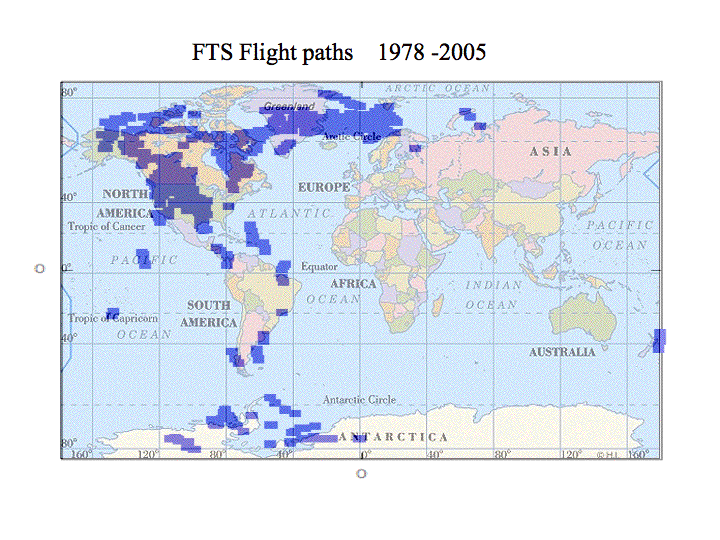
Along with the development of
instrumentation to record high quality
spectra we have contributed to the development of tools and techniques
to retrieve gaseous constituent amounts from the spectra. The
SFIT2 multi-window, non-linear least squares fitting code has become
the standard spectral fitting technique for a large part of the
infrared remote sensing community.
The OT FTS experiment has been flown on numerous missions aboard NSF
and NASA aircraft. The map below shows flight paths during solar
observing periods.
Observations of infrared absorption
spectra have been used to derive
column amounts of a number of gases important to stratospheric
chemistry and global atmospheric heating, these observations have been
used in a large number of scientific studies. References to
publications resulting from airborne remote sensing may be found
here.
Gases
Measured with the Optical Techniques FTS
HCl
|
HF
|
CCl2F2
(F12)
|
CHF2Cl
|
N2O
|
NO
|
NO2
|
HNO3 |
| ClONO2 |
COF2 |
CO
|
|
| O3 |
CH4 |
H2O
|
HDO
|
OCS
|
HCN
|
C2H6
|
|
Because of the OT capabilities to measure atmospheric gases the
experiment has been included in a number of NASA missions.
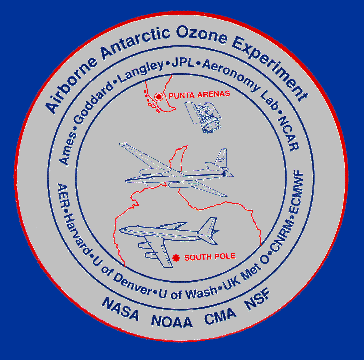 Airborne Antarctic Ozone Experiment (AAOE) 1987
Airborne Antarctic Ozone Experiment (AAOE) 1987
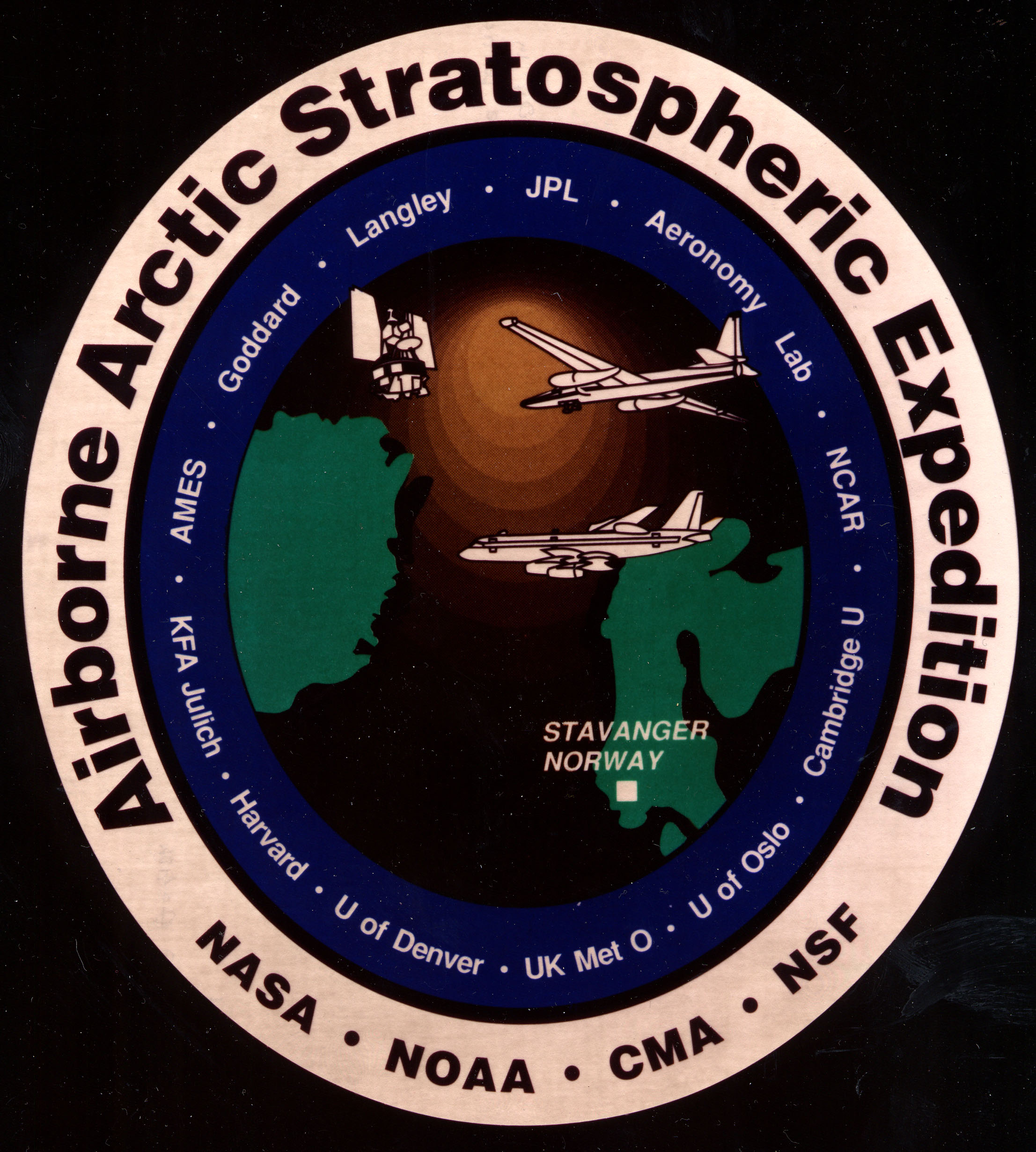 Airborne Arctic Stratospheric Experiment (AASE) 1989
Airborne Arctic Stratospheric Experiment (AASE) 1989
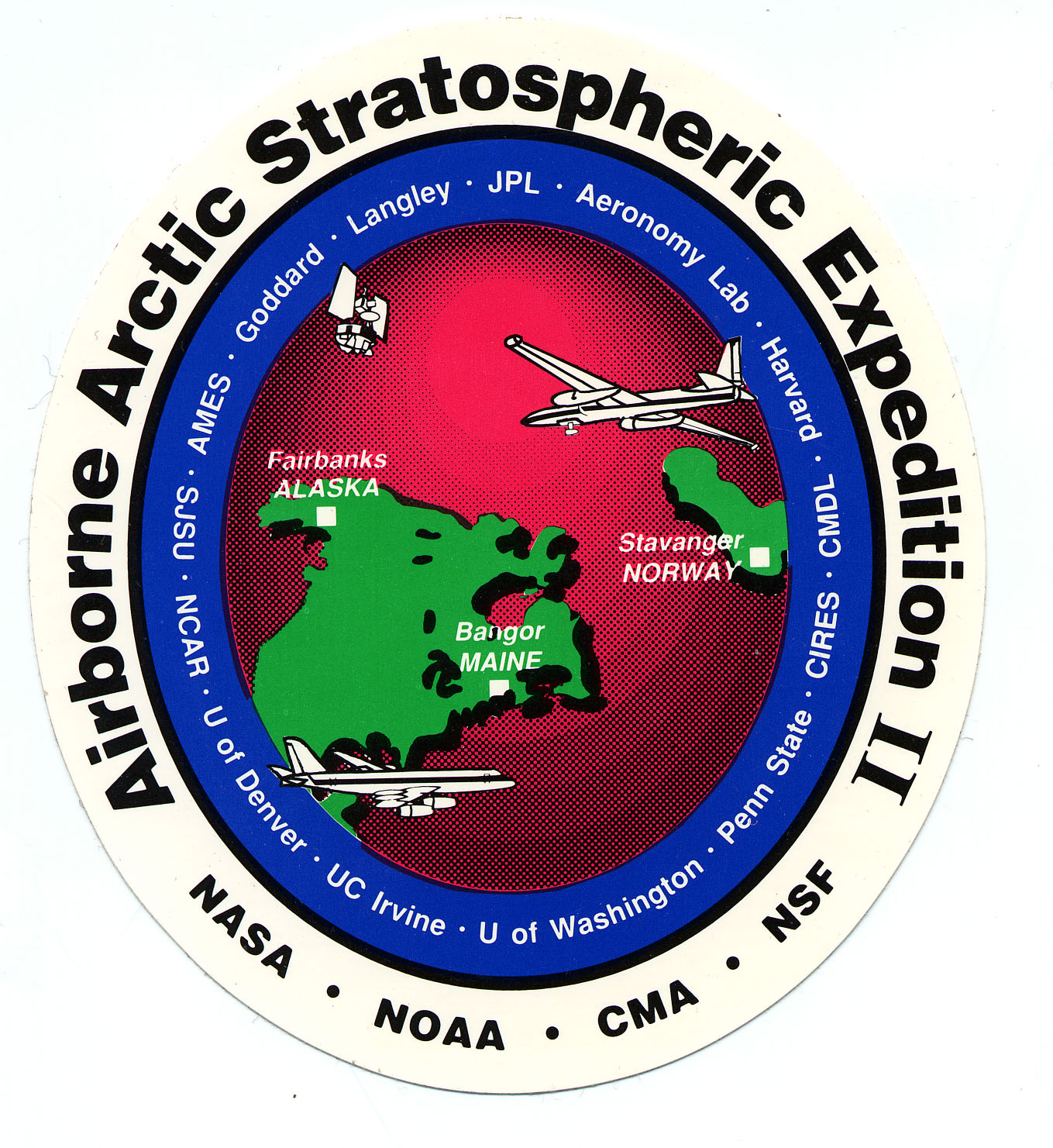 Airborne Arctic Stratospheric Experiment 2 (AASE2)
1992
Airborne Arctic Stratospheric Experiment 2 (AASE2)
1992
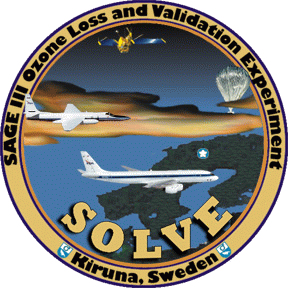 SAGE III Ozone Loss and Validation Experiment
(SOLVE)
2000
SAGE III Ozone Loss and Validation Experiment
(SOLVE)
2000
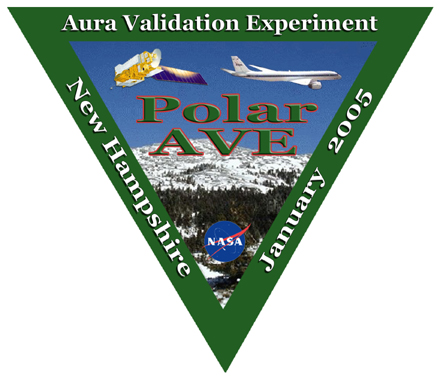 Polar Aura Validation Experiment (PAVE) 2005
Polar Aura Validation Experiment (PAVE) 2005
Ground-based Remote
Sensing
Since 1999 the OT group has operated
an infrared Fourier transform
spectrometer (FTS) at a primary observing site of the Network for the
Detection of Atmospheric Composition Change (NDACC). The site is located at
Thule, Greenland where we are able to view the sun, our source of
infrared radiation, from approximately mid-February to
mid-October. The system is based around a Bruker 120M
spectrometer with a spectral resolution of 0.0013 cm-1). Custom
devices acquire and track the sun, fill the detectors with liquid
nitrogen, control the operation, acquisition and storage of data, all
in an autonomous mode. Since 2008 we also have operated the NDACC observing site at Mauna Loa, Hawaii. References to publications from
ground-based observations may be found
here.
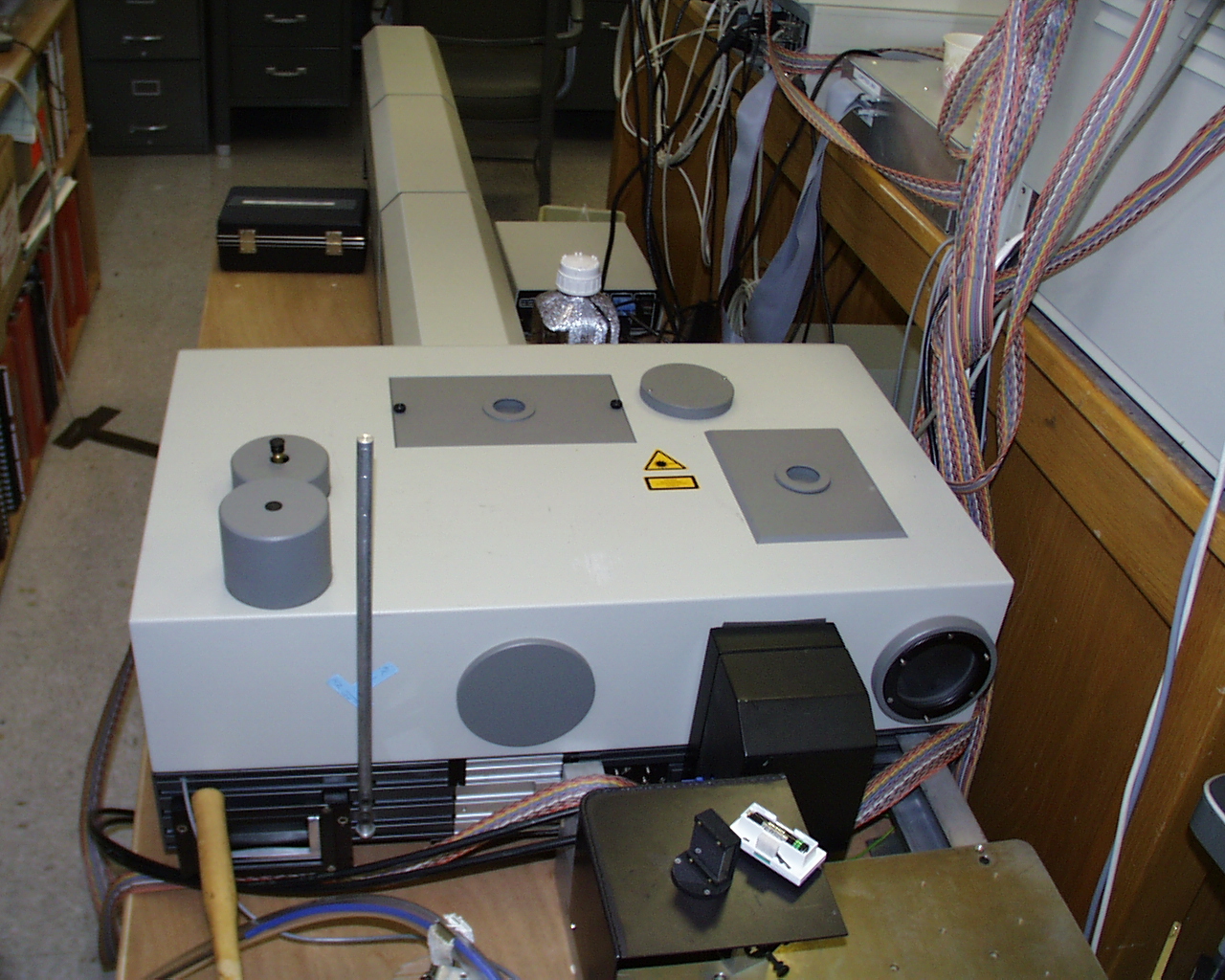
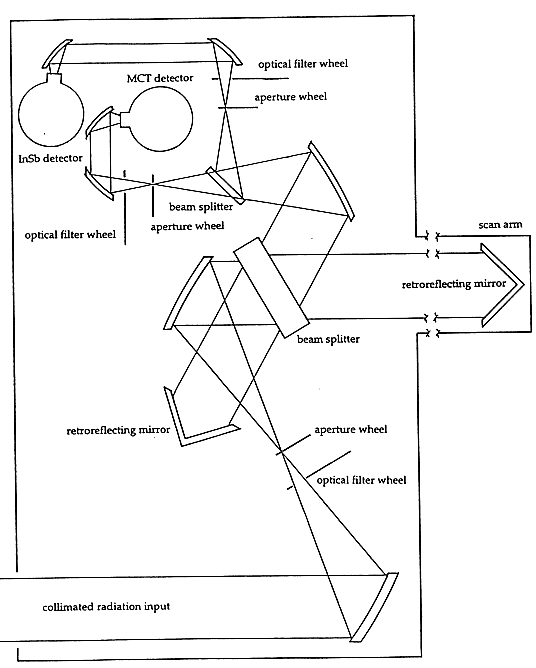
Results from observations at Thule, Mauna Loa and from the entire NDACC are
contained in an archive
maintained by NOAA.
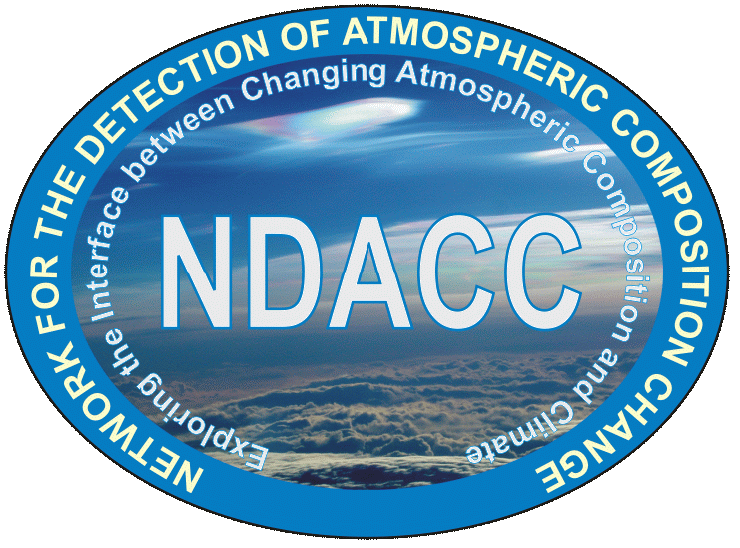 Network for the Detection of Atmospheric Composition Change (NDACC) 1999-Present
Network for the Detection of Atmospheric Composition Change (NDACC) 1999-Present
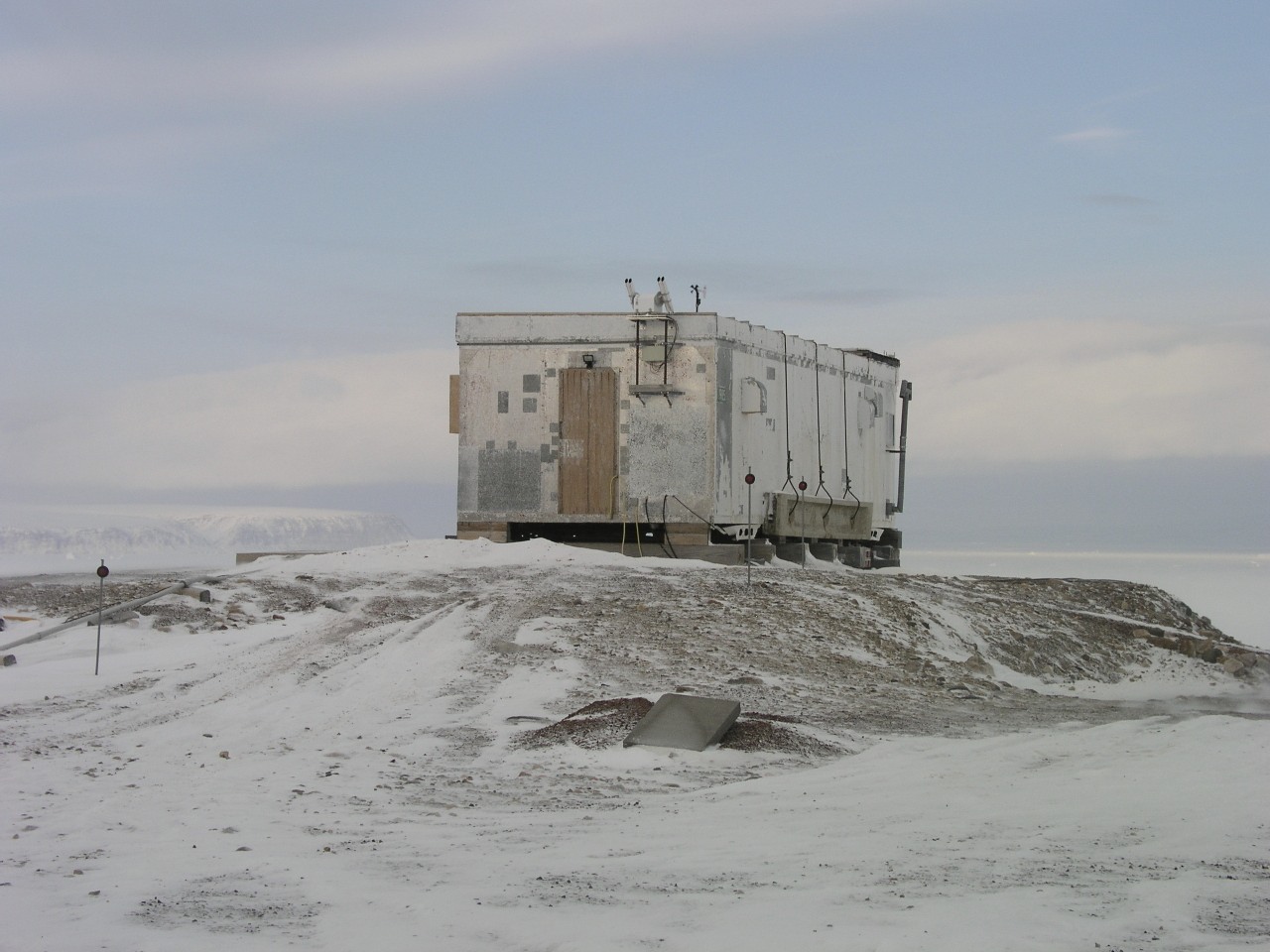
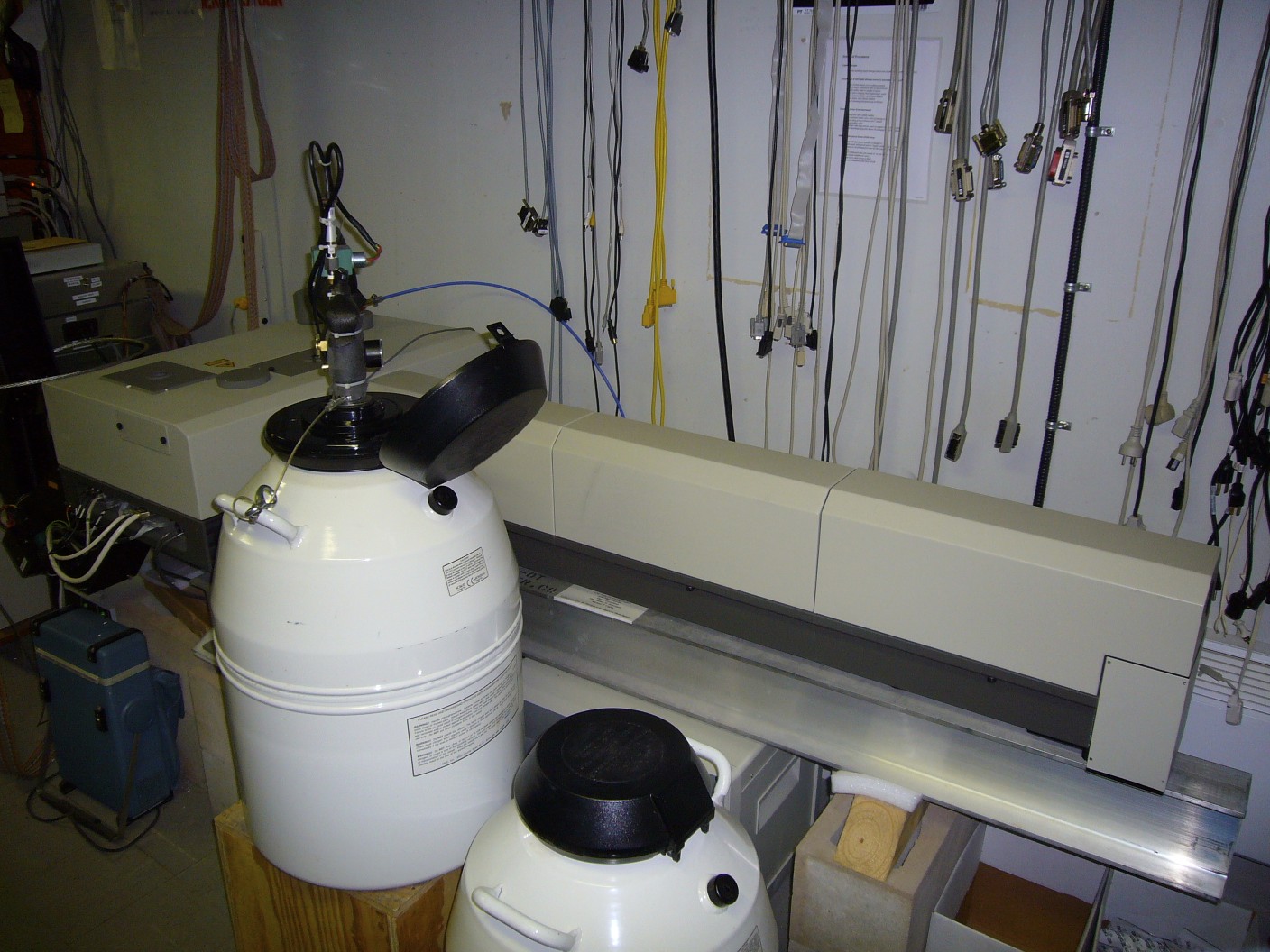
Observing site and instrument installation at Thule, Greenland
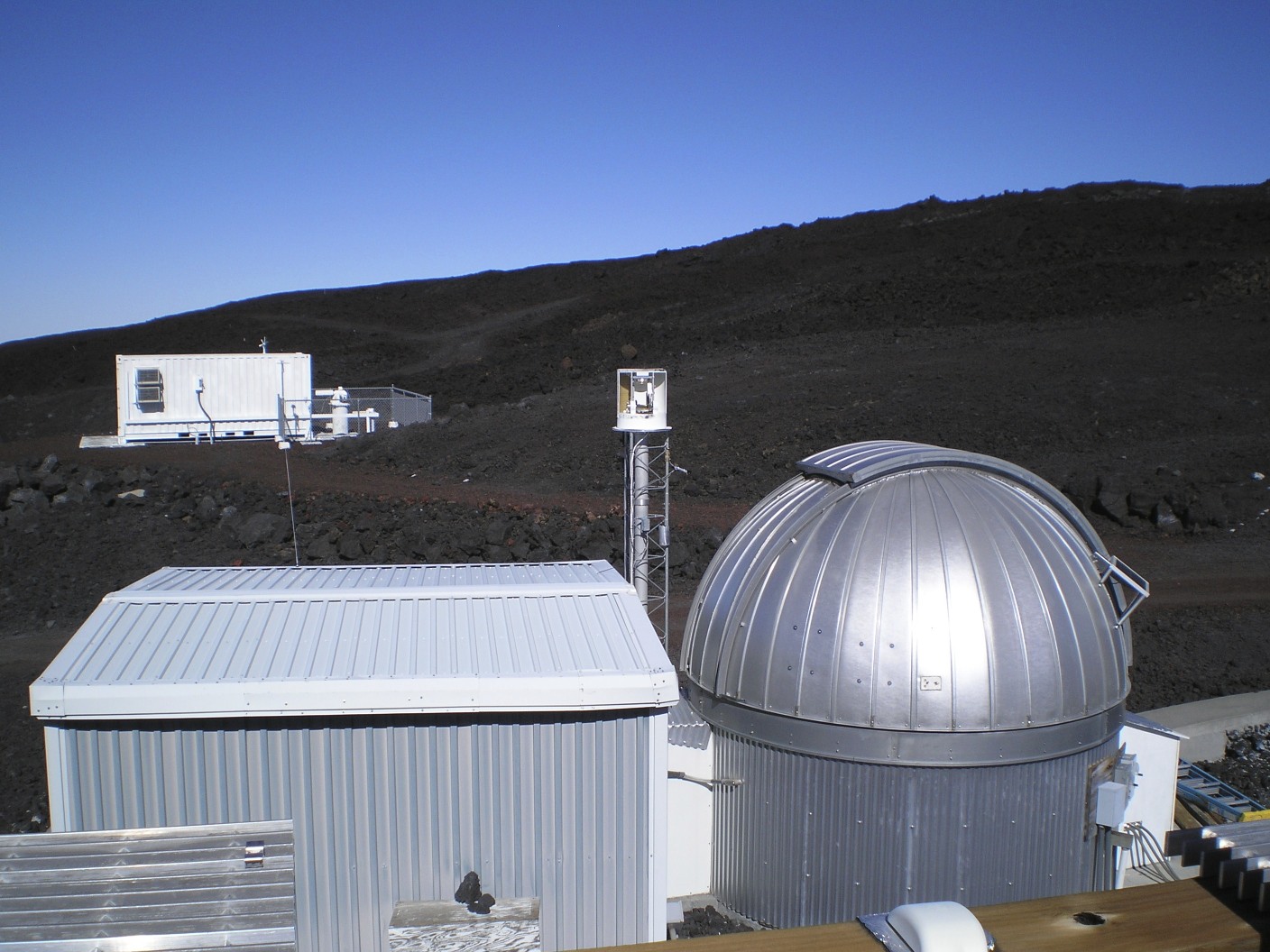
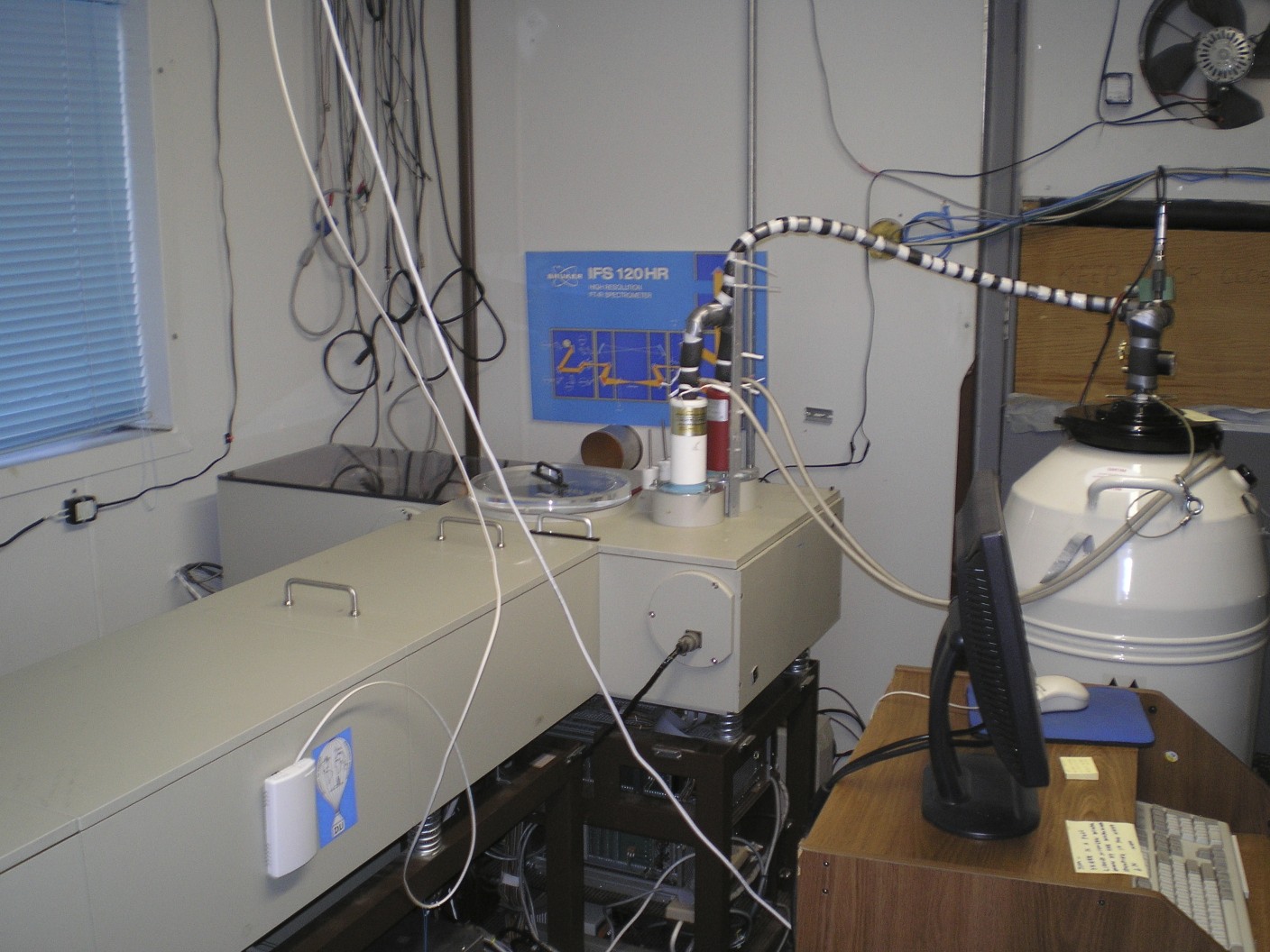
Observing site and instrument installation at Mauna Loa, Hawaii
In situ Observations
The OT group has developed a tunable
diode laser (TDL) based instrument
for
in situ measurements
aboard aircraft of CO and N
2O. The
experiment can operate in a fully automatic mode, including
self-calibration, for up to 8 hours in a package designed to occupy one
half
the space of a WB-57 bomb-bay pallet. The performance goals of
the diode laser experiment are to measure CO and N
2O
concentrations of
1 ppbv in a measurement time of 1 second. References to
in situ publications
may be found
here.
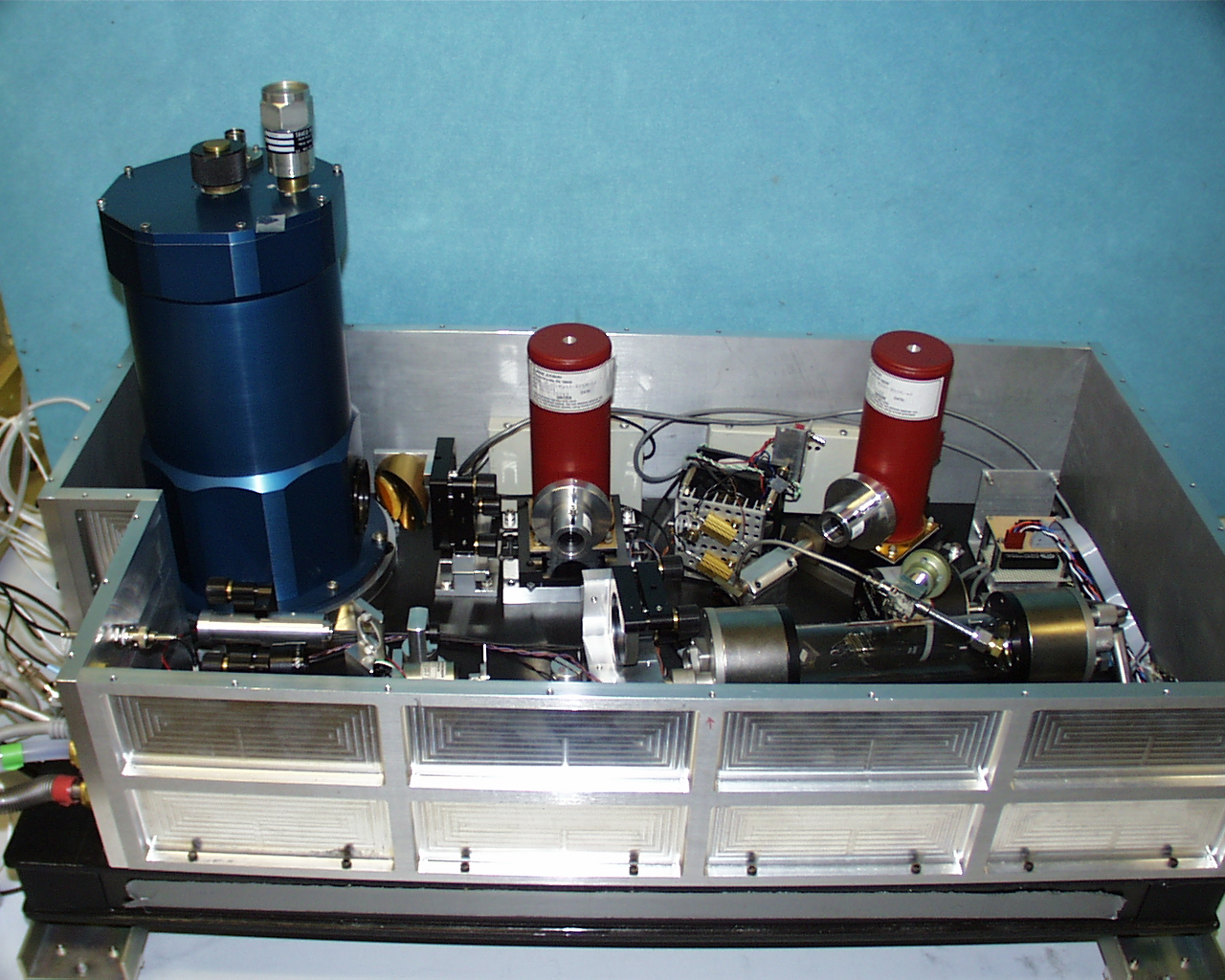
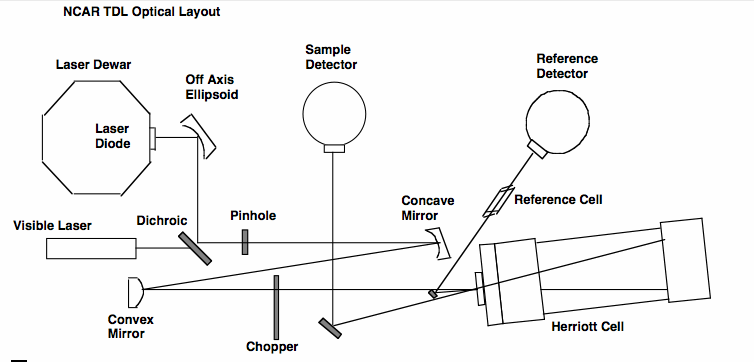
The TDL experiment has been flown on NSF and NASA airborne missions:
 Atmospheric
Chemistry of Combustion Emissions Near the Tropopause (ACCENT)
1999
Atmospheric
Chemistry of Combustion Emissions Near the Tropopause (ACCENT)
1999
 Tropospheric Ozone
Production about the Spring Equinox (TOPSE)
2000
Tropospheric Ozone
Production about the Spring Equinox (TOPSE)
2000
Back to top
Spectroscopy
Through a long-time collaboration with Aaron Goldman of the University
of Denver we have been able to improve the compilation of spectral line
absorption parameters, necessary to the simulation of atrmospheric
absorption spectra. Our work has added, in a small way, to the
present HITRAN line parameter compilation, that now totals over 500,000
lines. References to spectroscopy publications may be found here.
Aircraft Gallery
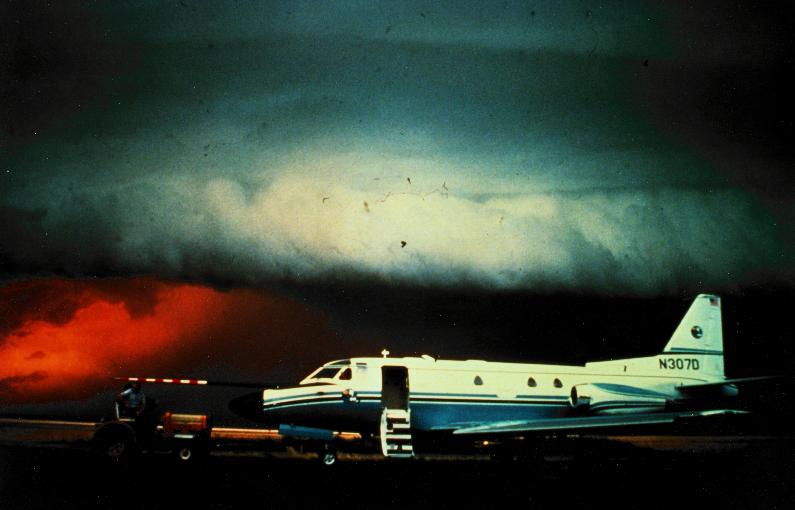



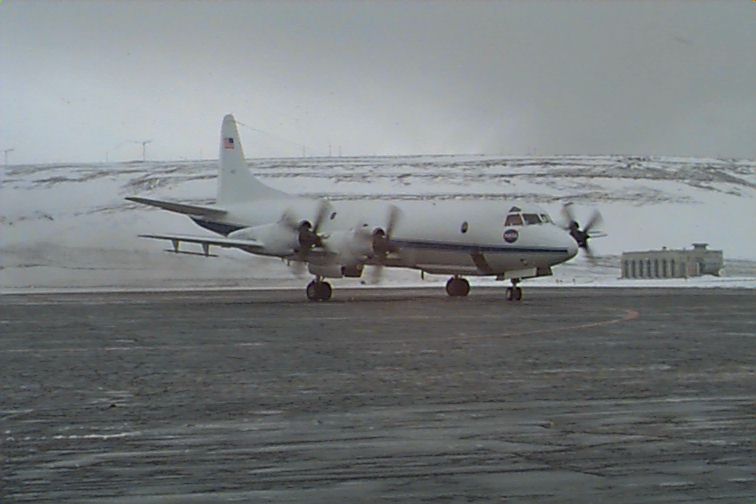
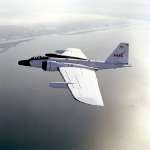
NCAR Sabreliner NCAR
C-130
NASA DC-8
NASA Electra
NASA P-3
NASA WB-57
Optical Techniques
Staff
Coffey
Hannigan
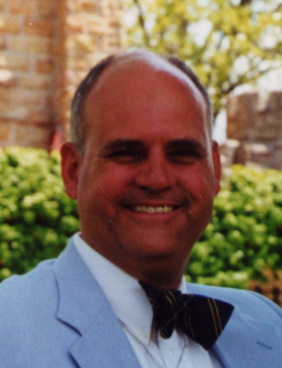
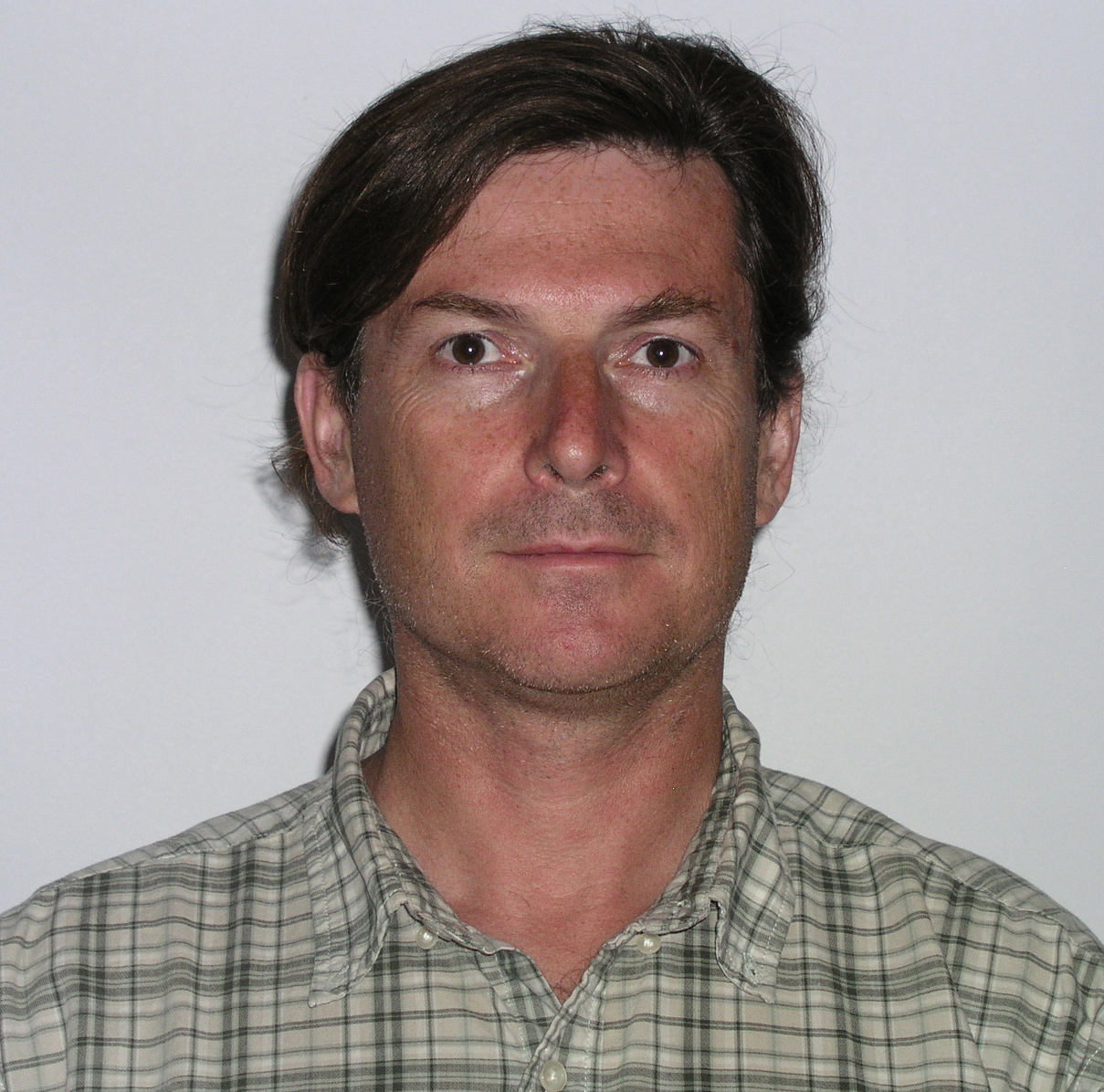
Michael T. Coffey
National Center for Atmospheric Research
PO Box 3000
Boulder, Colorado 80307
303 497 1407
coffey@ncar.ucar.edu

 Network for the Detection of Atmospheric Composition Change (NDACC) 1999-Present
Network for the Detection of Atmospheric Composition Change (NDACC) 1999-Present



 Airborne Antarctic Ozone Experiment (AAOE) 1987
Airborne Antarctic Ozone Experiment (AAOE) 1987 Airborne Arctic Stratospheric Experiment (AASE) 1989
Airborne Arctic Stratospheric Experiment (AASE) 1989 Airborne Arctic Stratospheric Experiment 2 (AASE2)
1992
Airborne Arctic Stratospheric Experiment 2 (AASE2)
1992 SAGE III Ozone Loss and Validation Experiment
(SOLVE)
2000
SAGE III Ozone Loss and Validation Experiment
(SOLVE)
2000 Polar Aura Validation Experiment (PAVE) 2005
Polar Aura Validation Experiment (PAVE) 2005


 Atmospheric
Chemistry of Combustion Emissions Near the Tropopause (ACCENT)
1999
Atmospheric
Chemistry of Combustion Emissions Near the Tropopause (ACCENT)
1999 Tropospheric Ozone
Production about the Spring Equinox (TOPSE)
2000
Tropospheric Ozone
Production about the Spring Equinox (TOPSE)
2000






